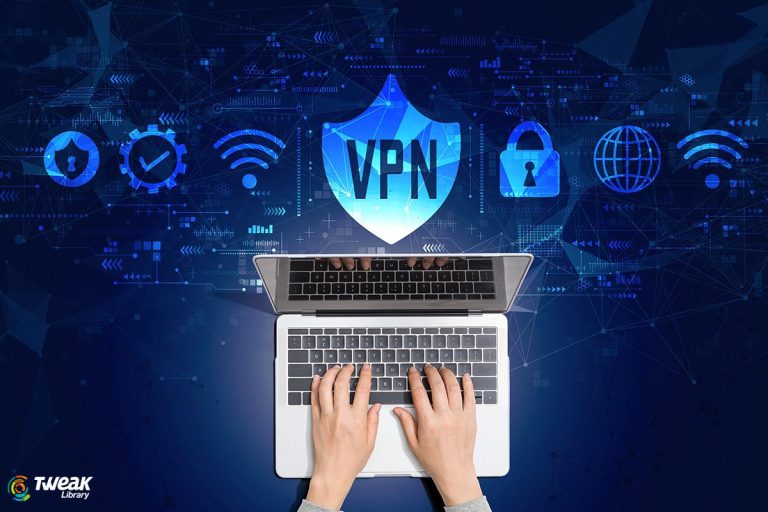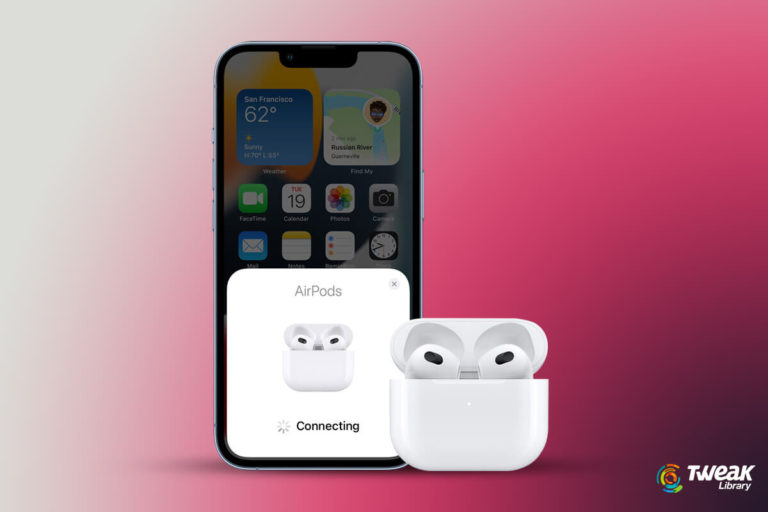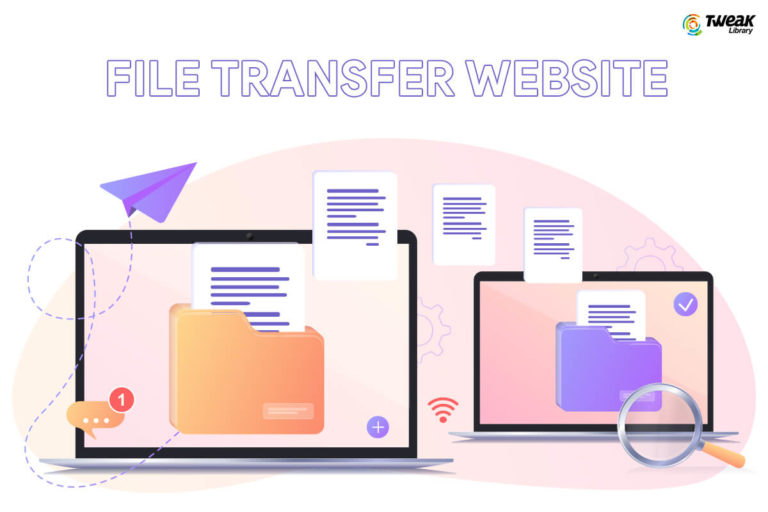Bluetooth is a wireless technology for exchanging data over short distances, say about 30 feet at the most. It uses short-wavelength UHF radio waves from fixed & mobile devices, and builds personal area networks. It was invented by Ericsson as a wireless alternative to the RS-232 data cables.
A Bluetooth product contains a tiny computer chip with a Bluetooth radio and a software that makes it easy to connect. A Bluetooth-enabled device like a smartphone can communicate with other Bluetooth devices like a wireless headset, MP3 player or printer, etc. within the prescribed distance.
Wi-Fi (Wireless Fidelity) is a wireless technology that uses radio waves to provide high-speed Internet and network connections. Wi-Fi is a trademark of IEEE 802.11x. It sends out a network signal, strong enough to cover multiple devices in an office or at home with the help of a wireless router installed by the Internet provider. It sends out invisible Internet rays around the house that can be lapped up by a number of laptops, smartphones or tablets within their range to get access to the Internet.
Bluetooth and Wi-Fi, both provide wireless communication. Bluetooth does not use cables to connect devices, whereas Wi-Fi provides high-speed access to the internet.
Bluetooth has a wide variety of applications. It has the convenience and functionality of a portable device. It enables interaction with other Bluetooth-enabled devices.
Wi-Fi has applications like setting up a network or printing and transferring files. It connects the devices wirelessly to the Internet or Ethernet networks like a corporate LAN. The range is around 300 feet. The Wi-Fi-enabled devices can connect to the Internet wirelessly in an area where a Wi-Fi signal may be accessed.
Wi-Fi networks have no physically wired connection between the sender and the receiver. It uses radio frequency technology, a frequency within the electromagnetic spectrum associated with radio wave propagation. When a radio frequency current is supplied to an antenna, an electromagnetic field is created that propagates through space.
The latest technology has enabled both Wifi and Bluetooth in almost every laptop, tablet and smartphone. They can be active at the same time, but doing different things. You can use each one separately.
Bluetooth never gets onto the Internet, and it does not depend on any central device like a router. The wireless speaker and the smartphone can talk directly to each other using Bluetooth. It does not require any third device or a network. Some other examples of Bluetooth are wireless headsets for making phone calls or wireless keyboards and mouse for computers and tablets.
Bluetooth is a direct device-to-device technology. This normally involves typing a number generated by one into the other. Wi-Fi has no such requirement, but you need a password to access a private/secured Wi-Fi network.
Tethering:
Sometimes the two wireless systems can be used in a typical way, for example, if the laptop does not have Internet connection but your smartphone has one, then you can tether the two together to get the laptop online:
- Open Settings on your Android phone. Under the Wireless section, tap More => Tethering & portable hotspot.
- Turn on “Portable Wi-Fi hotspot.”
- A hotspot notification should appear. Tap this notification and select “Set up Wi-Fi hotspot.”
- On your laptop, turn on Wi-Fi and select your phone’s network.
Bluetooth connection on some phones perform tethering operation. Here, Bluetooth provides the Internet connectivity.
Wi-Fi can also act like Bluetooth, connecting two devices directly over a short range and can transfer photos and files. A different version called Wi-Fi Direct does this:
Wi-Fi Direct certified products can connect to other wireless devices without joining a traditional wireless network or Wi-Fi hotspot.
- From the Home screen, tap Menu key > Settings > Wi-Fi.
- Tap Wi-Fi Direct. The device will scan for Wi-Fi Direct devices automatically.
This hotspot can be a small area such as a single room, or may cover several miles if hotspots can overlap.
Conclusion:
Internet of Everything will be a great advantage for wireless technology growth. Tethering technology has a great future.






Leave a Reply